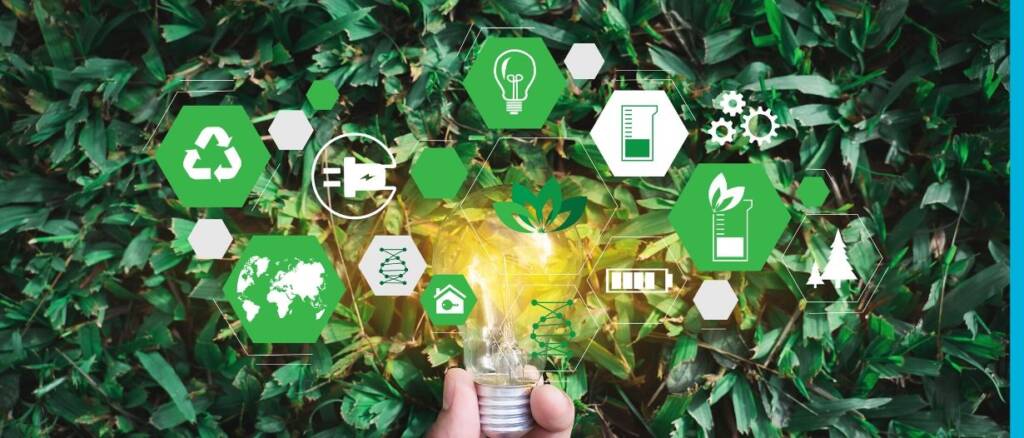Fairtrade International is an organisation on a mission to ensure that all producers can enjoy secure and sustainable livelihoods, fulfil their potential, and decide on their future.
Fairtrade is the world’s most recognised and trusted sustainability label and the organisation works with two million small farmers around the globe, largely in Africa, Latin America, and the Asia-Pacific.
TFG’s Deepesh Patel sat down with Lynette Thorstensen, board chair at Fairtrade International, to discuss the digital divide, ESG in global trade, and how technology is helping to shape the global (fair) trade landscape.
The digital divide
Only around half of the world’s people access and use the Internet, a phenomenon known as the digital divide, with many of the unconnected living in the least developed countries, landlocked developing countries, and small island developing states.
Thorstensen says that for a very significant portion of the global population, this digital divide worsened during the course of the pandemic.
According to a UNICEF study, 463 million children entered what the organisation described as a learning crisis as a result of COVID-induced lockdowns.
This meant that not only were these children unable to go to school, but they also did not have access to computers, smartphones or the internet to access any kind of e-learning.
“E-learning is something that we all grumbled about in developed countries, but largely took for granted,” Thorstensen said.
This widening divide is a major issue.
While many of the world’s wealthiest individuals became substantially wealthier throughout the pandemic, those in less privileged positions were hit the hardest.
This learning crisis may have long-lasting implications when it comes to developing an educated and skilled workforce in the years and decades to come.

Accounting for the S in ESG
For Fairtrade International, the S in ESG is all about decent livelihoods and the human right to decent work.
The organisation works with millions of small farmers around the world who predominately export the fruits of their labour to Europe, Canada, and the USA.
Thorstensen says that the single most important mechanism for helping these producers experience a decent livelihood is the recognition of a minimum price for their products that allows them to live above the poverty line.
Take the example of a chocolate bar.
Many cocoa farmers in West Africa earn less than a dollar a day.
This means that when someone buys a chocolate bar in Europe for a couple of Euros, only about 5% of that purchase price goes back to the farmer who has grown and picked the cocoa.
Any product with a Fairtrade label ensures that at least a minimum living wage has been paid back to the farmer.
While Fairtrade works with an astounding 2 million small farmers around the world, the global problem is more than one organisation can handle.
There are more than 500 million small farmers in the world that exist in a similarly precarious situation.
These farmers produce some of the most important global commodities like bananas, cocoa, and coffee.
Governments and other businesses must pitch in and take action.
How can global trade practitioners promote Fairtrade standards?
Thorstensen says that the best way to promote Fairtrade standards is to engage with the idea of Fairtrade and practice the philosophy of Fairtrade.
For exporters, this means exporting Fairtrade; for retailers, it means selling Fairtrade; and for consumers, it means buying Fairtrade.
How can digitalisation benefit fairer trade?
In terms of digitalisation, the question really boils down to who has access to data.
Many of the smaller producers that Fairtrade works with do not have reliable access to information about their own products in the supply chains.
Rather, that data is held by traders, retailers, and other commercial entities.
Digitalisation has the potential to make the producers themselves digitally-enabled – empowering them with transparent access to information about their own state in the supply chain that they have never had before.
Another important side of this development is the transparency from the end-consumer side.
Many consumers, particularly those in the younger generations, are becoming increasingly more interested in sustainability and ethically sourced goods.
That said, they are also aware of the many misleading claims that are made about sustainable products and understandably have a certain degree of cynicism around the space.
Digital supply chains, with traceable and transparent data, will offer a degree of proof that consumers desire.
Ideally, this added visibility will encourage and empower consumers to purchase products that are actually ethically sourced.
Looking ahead
In the months and years ahead Fairtrade International’s primary areas of focus are threefold: climate change, digitalisation, and decent livelihoods.
Many of Fairtrade’s producers are at the frontlines of climate change every day.
They bear the brunt of the droughts, floods, and crop failures that disproportionately affect the world’s smallest producers.
Fairtrade intends to work with these local producers to investigate and act on possible remedies to the hardships they face.
Whether this takes the form of improving soil health, increasing biodiversity, leveraging solar, or improving canopy cover, it is the people on the ground every day facing these challenges that can have the best ideas for how to address the problems.
Digitalisation is another key area where Fairtrade will be focusing.
In particular, they hope to assist with developing skills and competency in this emerging field while also improving access to connectivity.
Ultimately though, these issues all connect back to the idea of ensuring decent livelihoods for all citizens of the world.
The organisation will be paying close attention to new legislation coming from around the world related to human rights and environmental due diligence.
As Thorstensen says: “at the centre of our purpose is this notion of the human right to decent livelihoods.”
This video interview was recorded at World Trade Symposium 2022.
 Australia
Australia Hong Kong
Hong Kong Japan
Japan Singapore
Singapore United Arab Emirates
United Arab Emirates United States
United States France
France Germany
Germany Ireland
Ireland Netherlands
Netherlands United Kingdom
United Kingdom













Comments are closed.